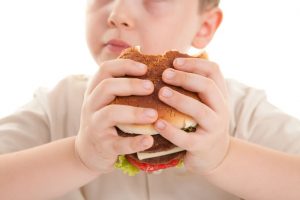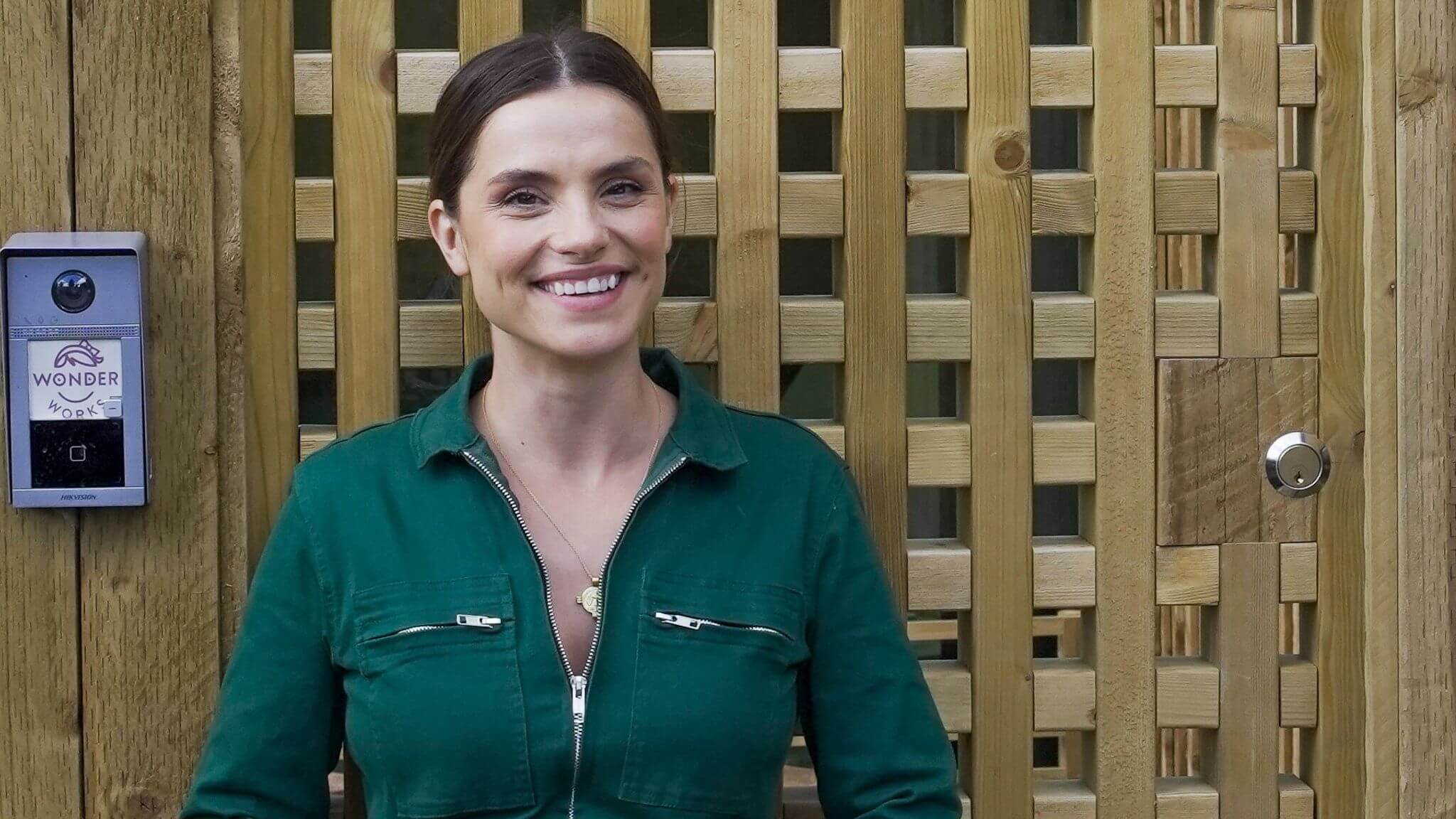
Earlier in the year, I appeared on Sky News alongside my two young children to talk about child obesity and what we can all do to help tackle it. Childhood obesity is one of the greatest challenges facing our society as well as our NHS. Latest statistics from the National Child Measurement Programme show that almost 10% of four to five-year-olds in England are obese and by the time children leave primary school at 10-11 years old, that number has doubled to 20%.
Although the government has taken a number of steps to reduce sugar reduction programme and the Soft Drinks Industry Levy. Approximately 50% of beverages reduced their sugar content before the Soft Drinks Industry Levy came into force. The sugar reduction programme resulted in cereals from one retailer reducing sugar content by 34%, however, the average reduction in foods commonly available to children fell below the 5% in year one target. This type of approach is one of the most effective for behaviour change, however, some critics said this plan did not go far enough.
Obesity is a complex condition, and its determinants are multi-faceted. As such, there is no single silver bullet and more interventions are needed. We need to tackle the advertising of food and drink high in fat, sugar, and salt at checkout aisles along with the unlimited refills of fizzy drinks at theme parks, which have my children wanting more and more. Reducing this ‘pester power’ could in turn, help children and parents to make the healthy choice – an easy choice. However, whilst we rely on the UK government to make some of these decision, much of responsibility lies with us as parents and role models.
So why is this happening?
In the news feature published on Sky News, Dr William Bird MBE criticised the government’s strategy, saying it is needed on a much greater scale to bring change. “Something is going badly wrong,” he said. “Childhood obesity didn’t exist 100 years ago, this is a man-made creation.”
In its simplest form we know that weight gain occurs when we take in more energy (calories) from food and drink than we use up in our day-to-day activities. Obesity is a multi-factorial condition, which means that a combination of factors, including access to nutrient-poor foods and drinks, reduced activity and living in ‘obesogenic’ environments together cooked up a perfect storm. These factors are likely to have given the ideal conditions for the obesity epidemic to take hold.
Here are my top 4 tips I shared with Sky News:
1. Be a Good Model
As parents, we need to encourage the child or children to get active. It really doesn’t matter what activity it is they choose to do, whether indoor or outdoor (ideally outdoor), but they need to get at least 60 minutes of physical activity every day.
It can often be hard to get children moving off the sofa if they are watching their favourite programme, but I have just started running with my children as a good way to get them moving – and myself at the same time!
2. Start with Small Goals
Not all children want to get active, so start with small goals. It might just be walking together to the corner shop and back. That’s a good way to start small and remember to praise them afterwards. Next time, perhaps take a slightly longer route together or stop by the park on the way back, so you get your 60 minutes ticked off. Perhaps the walk will slowly turn into a little jog you will both enjoy! Working as a team is a brilliant way to motivate yourself and your child.
3. Everything in Moderation
We all love a bit of cake and fast food but equally, we all need a healthy, balanced diet. If you stock the kitchen exclusively with healthy treats, children will eat them. As your children grow, stock good snacks in cabinets and shelves that they can reach without your help.
Like the rest of us, kids want to have it their way. But no parent wants to be a short order cook, making four different meals for four different family members. Instead try the fixings bar approach. Offer a suitable base meal, like rice and beans, whole wheat tortillas or lean ground taco meat. Then let kids (and adults) dress it up with chopped tomatoes, lettuce, cabbage, cheese, salsa, jicama, parsley, peppers and other toppings. Smoothies are also a great, fun way to introduce new fruits.
Many of us might have fussy eaters in our homes and often kids want their own way, but introducing healthy snack alternatives are a good way to help your child’s health and diet. Try different healthy options until you find something they love and don’t give up! We found that my son loves blueberries and can eat a whole 200g punnet to himself in one go!
4. Less Screen Time
For many parents in the digital age, battles over screen time and devices have become a depressing part of family life, and knowing how much is too much has become a moving target.
Whether it’s three-year-olds throwing tantrums when the iPad is taken away, seven-year-olds watching YouTube all night, nine-year-olds demanding their own phones, 11-year-olds nagging to play 18-rated video games that “all their friends” are, or 14-year-olds who are never off Instagram, every stage of childhood and adolescence is now accompanied by its own delightful new parenting challenges.
You know your child better than anyone and you’ll be the best judge of when they have had enough screen time, so break up the day by going outside for an hour or so.
If your child has a medical condition, the advice in this article may not be relevant. You should check with a GP or hospital doctor first. You can find help and support on these websites:-
https://www.nhs.uk/live-well/healthy-weight/very-overweight-children-advice-for-parents/




Leave A Comment